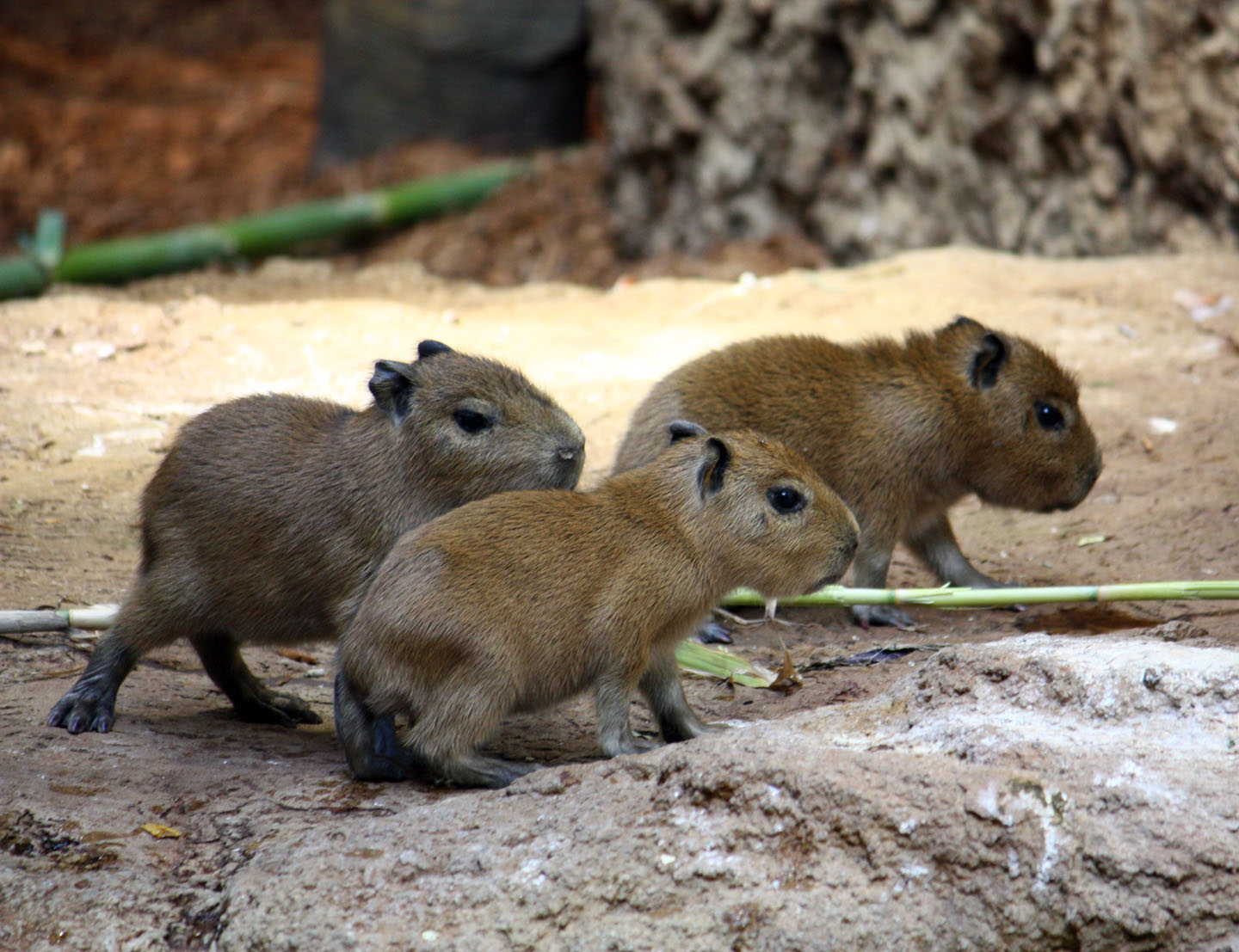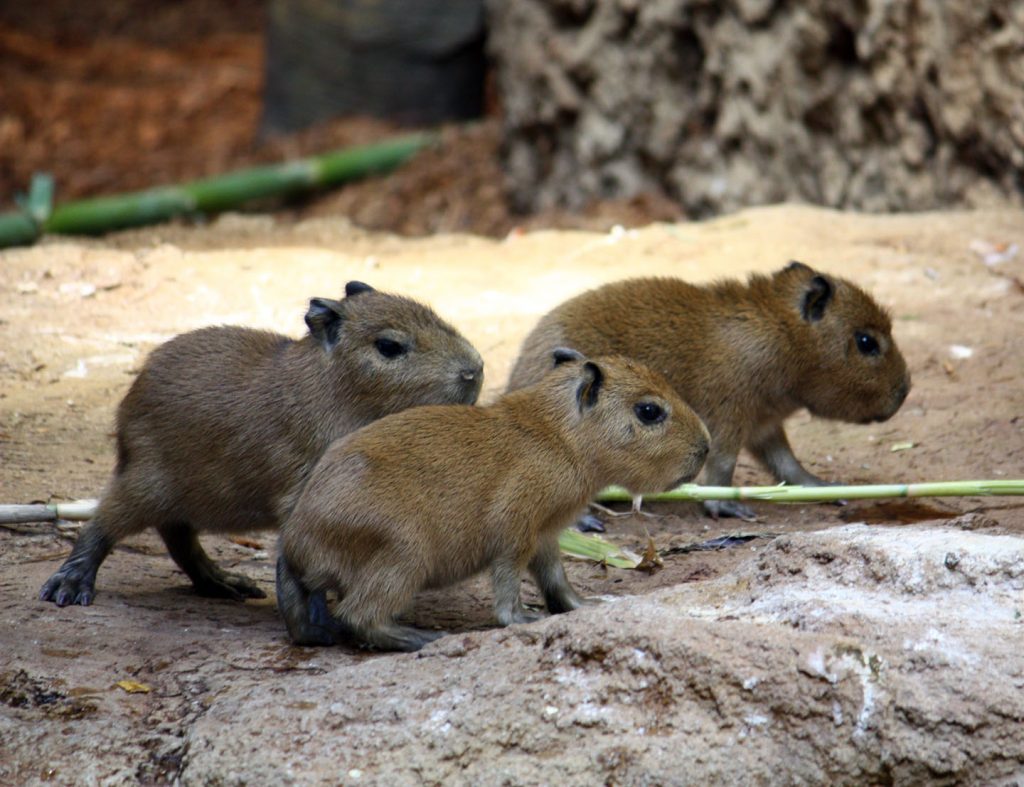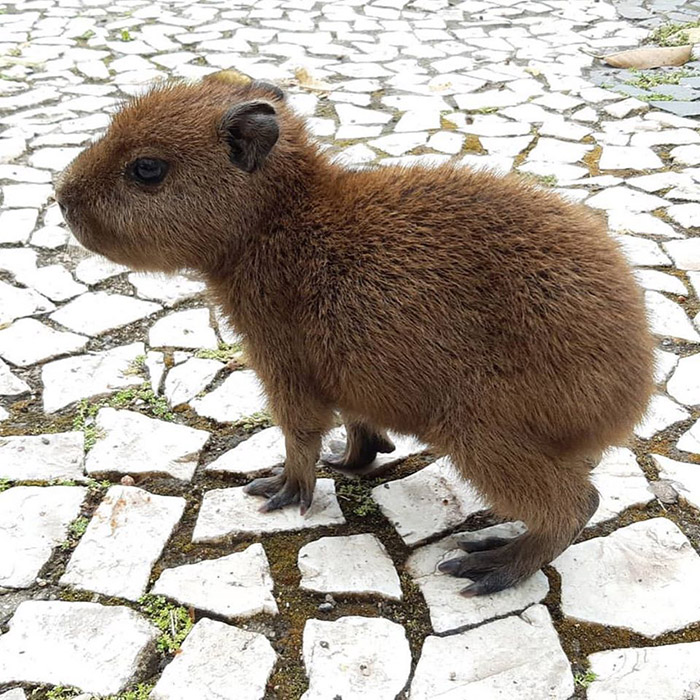
Introduction
Capybaras are large rodents native to South America and are known for their friendly and sociable nature. These unique creatures often form close-knit family groups and are especially adorable when spotted with their babies. In this article, we will explore the fascinating world of capybaras with their little ones and learn more about their behavior, habitat, and the adorable antics of capybara babies.
The Capybara
Capybaras, scientifically known as Hydrochoerus hydrochaeris, are the largest rodents in the world. They are typically found in the wetlands of South America, including countries like Brazil, Argentina, and Colombia. Capybaras have a barrel-shaped body, short legs, and a long, slightly curved muzzle. They are well-adapted for aquatic life, with webbed feet that make them excellent swimmers.

Capybara Family Life
Capybaras are highly social animals and live in groups called herds. These herds can consist of up to 30 individuals and are typically led by a dominant male. Within a herd, there are usually multiple adult females and their offspring. Capybara babies, also known as pups, are born throughout the year, but there is often a peak in births during the rainy season when food is abundant.

Caring for Capybara Babies
When a female capybara gives birth, the other members of the herd actively participate in caring for the newborn pups. This communal parenting helps ensure the survival and well-being of the babies. The pups are typically born fully furred and are able to walk within hours of their birth. They start nursing shortly after birth and continue to rely on their mother's milk for the first few weeks.

Playful Capybara Babies
Capybara babies are incredibly playful and curious creatures. They engage in various playful activities, including chasing each other, rolling around in the mud, and splashing in the water. These playful behaviors not only help them develop physical coordination but also strengthen the social bonds within the herd. Capybara babies can often be seen napping together or snuggling up to their mothers for warmth and protection.

The Capybara's Diet
Capybaras are herbivores and mainly feed on aquatic plants, grasses, and fruits. They have specialized molars that help them chew tough plant material efficiently. These rodents spend a significant amount of time grazing and can consume large quantities of vegetation in a single day. Capybaras also have a unique digestive system that allows them to extract nutrients from tough and fibrous plant matter.

Habitat and Conservation
Capybaras inhabit a variety of habitats, including swamps, marshes, and riverbanks. They are excellent swimmers and often take refuge in the water when they sense danger. These adaptable creatures are well-suited to both the dry and wet environments found in South America. However, increasing human activities such as deforestation and hunting pose significant threats to their populations.
Conclusion
Capybaras with their babies are undoubtedly a delightful sight. These gentle giants of the rodent world exhibit remarkable social behavior and care for their young ones in a communal manner. Their playful antics and close-knit family life make them a fascinating species to study and admire. It is crucial to protect their natural habitats and ensure the conservation of capybaras for future generations to enjoy.